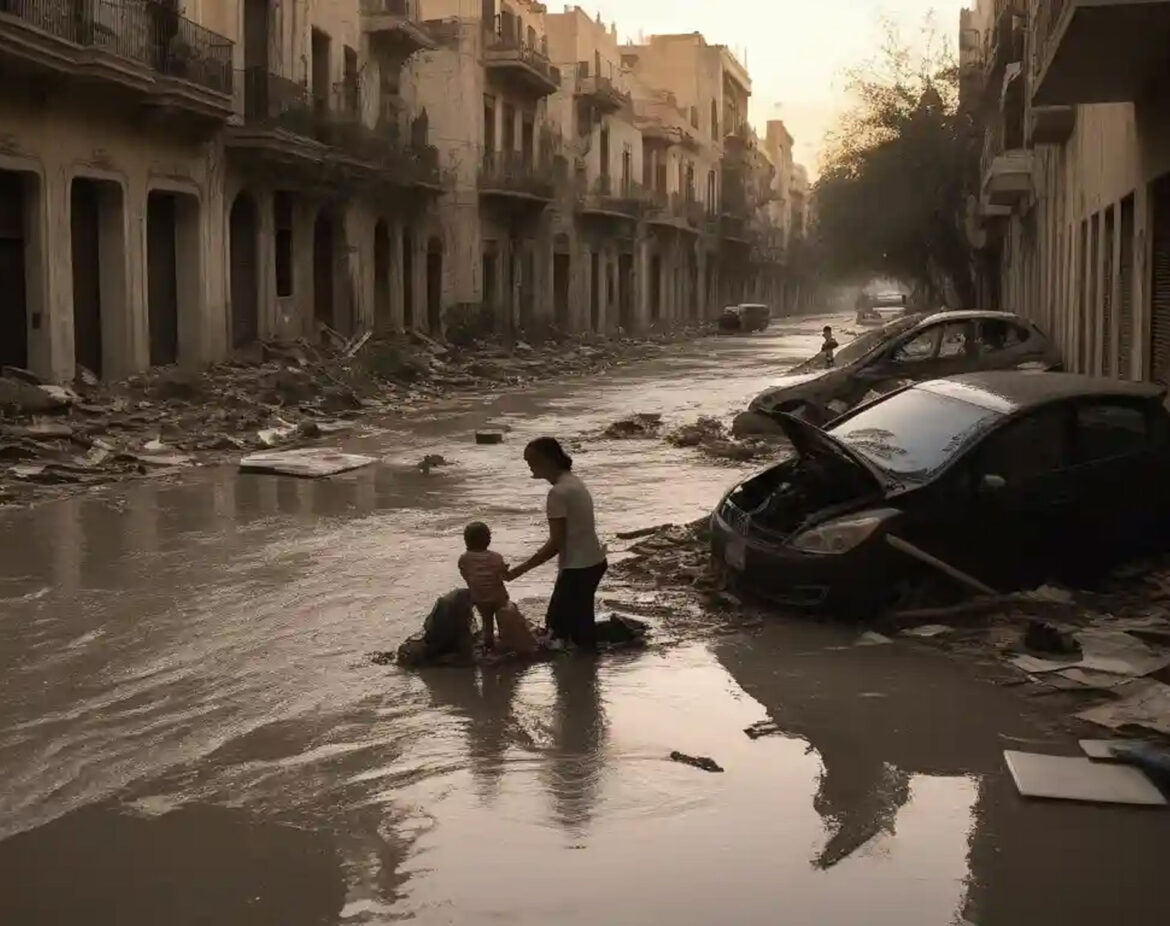Parts of Spain are once again bracing for severe flooding as a new storm system threatens to bring torrential rain on Wednesday. Just over two weeks after devastating floods killed at least 223 people and wreaked havoc on the province of Valencia, the country finds itself under renewed alert.
The Spanish meteorological agency has placed parts of the country under an orange alert for heavy rainfall, with the regions around Malaga and Tarragona facing the highest threat under a red alert. In response, authorities in Malaga have evacuated approximately 3,000 residents living along the Guadalhorce River, an area that suffered significant flooding during the previous storm. Residents received cell phone alerts warning of “extreme risk of rainfall” and advising them to avoid travel. Similarly, classes have been cancelled throughout Malaga and on the Granada coast, while transportation disruptions are already underway in Tarragona.
In Valencia, still reeling from the catastrophic flooding of 15 days prior, dozens of municipalities have cancelled school, even though the latest forecasts suggest that the region will not bear the brunt of this storm. However, drainage concerns remain acute, as sewage systems are still clogged with mud, posing further risk to effective water management.
The preventative measures now being taken in Malaga and Tarragona stand in stark contrast to the delayed response that residents in Valencia experienced during the last flood. Although Valencia was on a red alert, insufficient warnings left people unprepared, leading to widespread devastation and a tragic loss of life. This perceived failure has fueled public frustration, culminating in protests last week when Spanish King Felipe and Prime Minister Pedro Sanchez visited one of the hardest-hit areas. Some protesters threw mud and shouted, “Murderers, murderers!” expressing their anger over what they felt was inadequate action by authorities before and during the crisis.
The current weather crisis, triggered by a meteorological phenomenon known locally as a Dana or “cut-off low,” is expected to persist until at least Friday. These weather patterns form when low-pressure systems become detached from the jet stream, causing them to move slowly and unpredictably while dumping massive amounts of rainfall on localized areas.
Prime Minister Sanchez, speaking at COP29 on Tuesday, tied the increasing intensity and frequency of these weather events to climate change, stating, “Climate change kills.” He called for urgent measures to reduce greenhouse gas emissions to mitigate future natural disasters.
As Spain braces for more rainfall, the lessons from the past few weeks have led to heightened caution and preparations, but for many residents, memories of recent destruction still linger.



